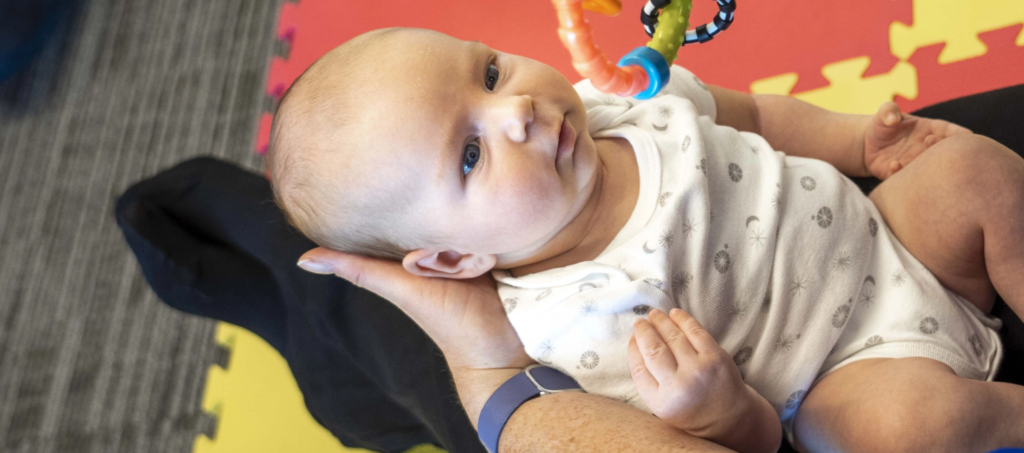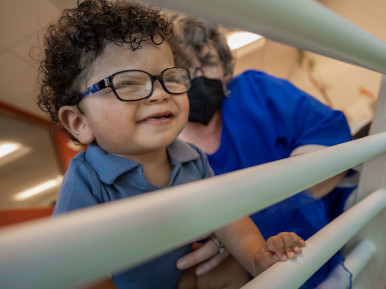GLOSSARY
COMMON TERMS
Sharing is caring
Learning that your child is at higher risk for medical complications or developmental delays can be overwhelming or even traumatic. You can be flooded with new information at a very sensitive time, and much of this information can include medical jargon that isn’t easily understandable. We have compiled a list of terms to help caregivers and loved ones better understand some of the terminology you may encounter that surround infants at higher risk for cerebral palsy.”
Scroll Up
© 2024 EI3 Network | All Rights Reserved.



